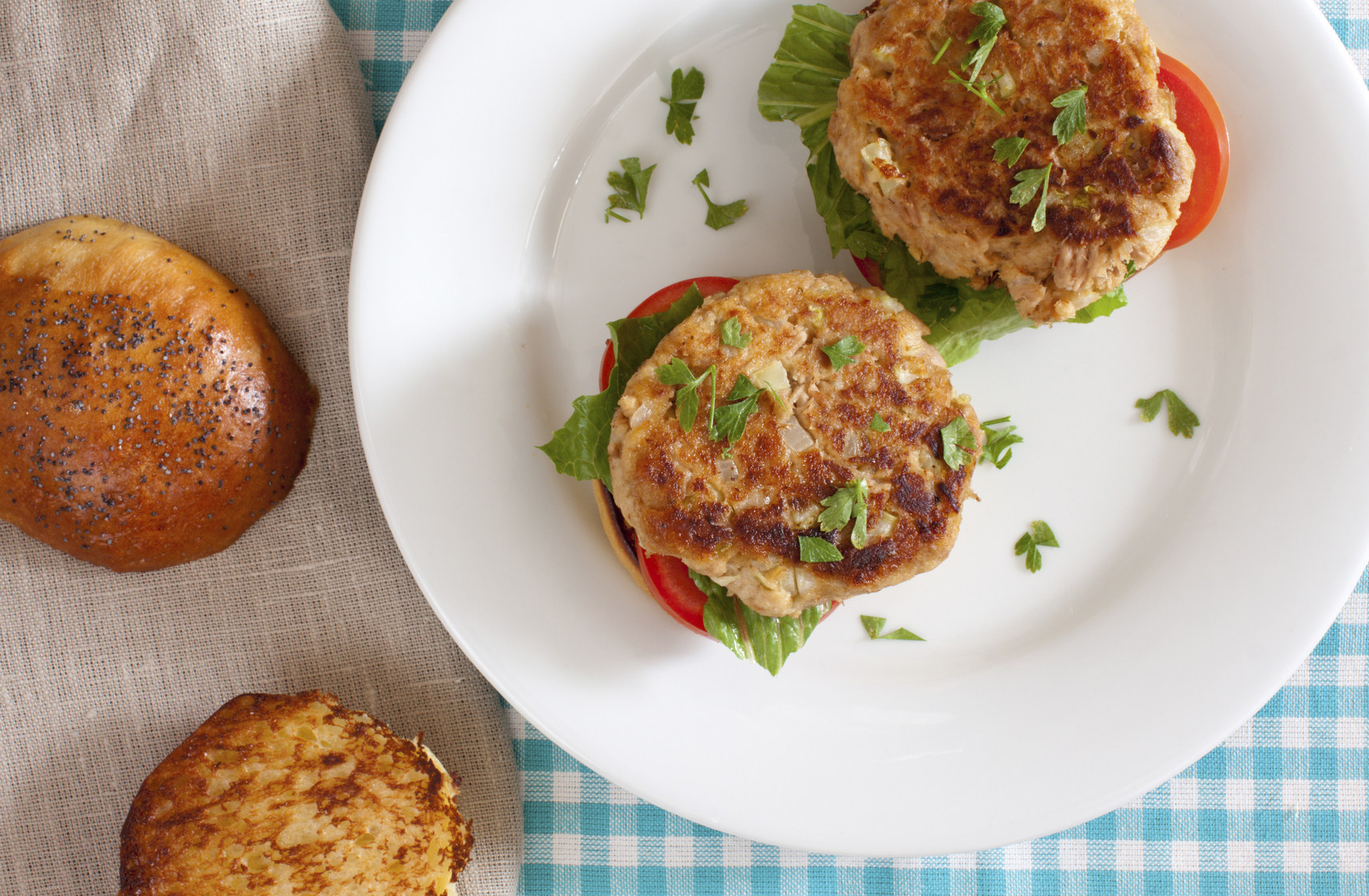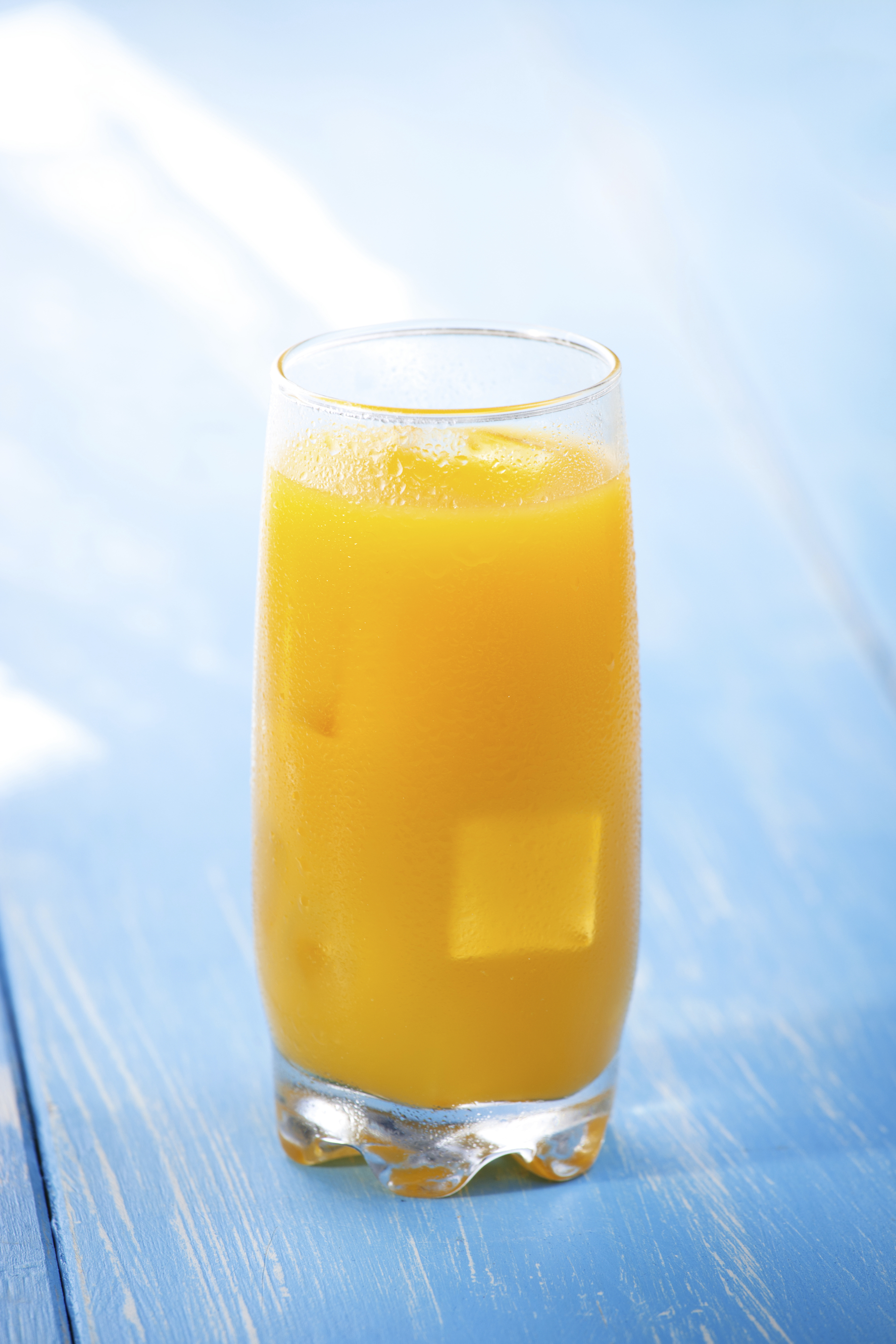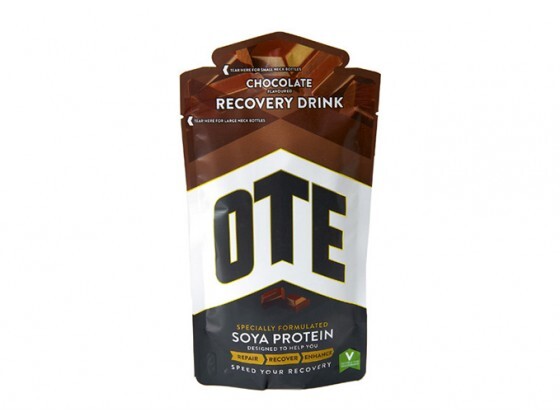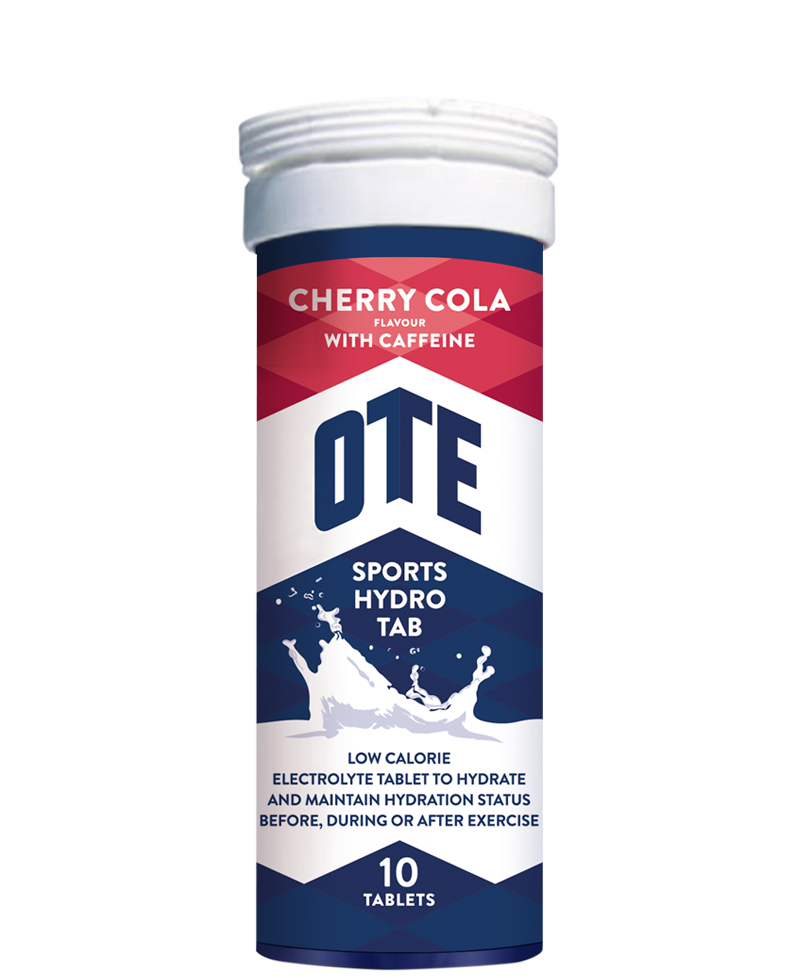
Tackling a 100-mile sportive is no easy task - no matter where it is. Courses are carefully considered to make them as challenging as the local terrain will allow.

This demands that cyclists are at peak fitness. An optimised diet is definitely required to succeed, both before and during the event. We spoke to Annie Simpson, a nutrition expert from OTE Sports, to find out exactly what your diet needs to help you prepare for the big day.
The importance of carbohydrates
Annie highlights the importance of maintaining high carbohydrate levels before and during the event. She explains that our bodies use both fats and carbohydrates as a source of energy when we exercise but, when this exercise becomes intense, our bodies find it much easier to use up carbohydrates as fuel.
“The only problem is there is a limited amount of carbohydrate we can store in our bodies,” she adds. “It is therefore important not only to start an event with carbohydrate stores full, but to keep topping them up during the event. This is one of the big considerations when planning for your ride.”
Stay hydrated

Ensuring your body is hydrated is extremely important before the race. This can take more than a day to get on top of, so Simpson recommends sportive participants think about their hydration levels well in advance.
“As little as 2% dehydration can negatively affect your sporting performance,” Annie reveals. The easiest way to track your hydration status is to check your urine colour. A “light straw colour” is the ideal shade, according to the expert.
To be sufficiently hydrated, Simpson recommends electrolyte drinks; sip “little and often” during the days leading up to the event.
The day before the Sportive
A common misconception, Annie points out, is that people think they must eat a substantially large amount before a big sporting event. She suggests that you should continue to “eat in a normal pattern of three meals with a snack in between.”
No extreme measures need to be taken towards your diet before the race, just tip the balance in favour of more carbs. "Aim for 50% of the plate," she recommends.
Breakfast

Breakfast on event day is important, and carbohydrates are an essential part of it. In a perfect scenario, your breakfast should be consumed three hours before you begin the ride to allow for digestion.
However, if you have an early start time you may find a big breakfast is not feasible. Reduce the size of your breakfast the closer you get to your race, Simpson advises, and remember to take energy bars and gels with you to top up your carbohydrate levels throughout the day.
Simpson's Ideal Pre-Ride Breakfast • One large bowl of porridge • A chopped banana • A drizzle of honey
In-Ride Nutrition
Annie Simpson has prepared an in-depth nutrition guide for Ribble to aid participants of the 100-mile sportive RideLondon during the event. Her step-by-step guide walks cyclists through each element of the course, taking you from feed station to feed station and recommending what should be consumed and when.
You can read the full guide here, but there are two main lessons:
1.) Know the ride route. Planning ahead is vital to ensure you know how much to take on at each feed station, when you can have solid foods and when you should stick to gels and liquids. 2.) Taking on food and liquid should be evenly spaced throughout stints between feed stations to ensure your output is balanced.
After the Event
Post-ride care is also highly important. While it might be tempting to reach for fast food and a celebratory pint, what you do within 30 minutes of the finish can have a significant impact on your recovery.
As well as protein shakes, protein-high foods are recommended, along with healthy natural sugars. Simpson has included two example recovery meals in the Nutrition Guide (below) to get you back on track. Both are quick, easy and healthy and they can be prepared in advance.
Full Nutrition Guide
RideLondon is 100 miles of rolling terrain, so while there may be no mountain to climb there is very little flat on the entire route. Taking into account the distance and the terrain, it is going to be important to consider nutrition before, during and after the event.
This guide is applicable to any long ride you may undertake.
Fueling our bodies
Our body uses a combination of fats and carbohydrates as its energy source during endurance exercise. However, when the going gets tough, such as tackling a climb or picking up the speed, our body finds it much easier to use carbohydrates as fuel.
The only problem is there is a limited amount of carbohydrate we can store in our bodies. It is therefore important not only to start an event with carbohydrate stores full, but to keep topping them up during the event. This is one of the big considerations when planning for your ride.
The day before the ride
Sign-on for RideLondon takes place in the days before the event, which is beneficial as it means you won’t have any major travelling taking place on the day of the event. During this time it is important to continue eating as normal.
A misconception is that you have to eat huge amounts before a big event, but actually this is not the case. It’s likely you’ll be having a day off your bike as rest in preparation for the big day, but continue to eat in a normal pattern of three meals with a snack in between.
The only thing to change is to make sure each meal has a significant portion of carbohydrates in it - aim for 50% of the plate. The low intensity activity and the high carbohydrate content of each meal will mean you will load your body’s carbohydrate stores without having to eat huge amounts. Think quality of food, not quantity.
In the days before the event, consider your hydration status too. The best way to do this is to check your urine: aim for a light straw colour. Sip little and often on an electrolyte drink such as OTE Hydro Tabs during the days before.
Hydration can often take well over a day to get on top of, so think about this well in advance. As little as 2% dehydration can negatively affect your sporting performance, so don’t start the sportive on the back foot.
Breakfast

Your allotted start time will depend on how feasible breakfast is for you, but we would advise where possible to get up with enough time to get a proper breakfast before the start. Consuming a meal three hours before an event is optimal, but if your start time is 6am this may not be realistic.
An ideal scenario would be a large bowl of porridge with a chopped banana and a drizzle of honey consumed three hours before, but the closer you consume breakfast to your event start, the smaller the portion should be. If you really do struggle to eat anything substantial before the start, then a huge emphasis needs to be placed on fuelling properly during the event, starting from mile one.
It is also important to check breakfast availability where you are staying. An early start on a Sunday may mean breakfast is not being served, so plan ahead and find out as it may be a better option to take breakfast with you.
The Event
There are four main feed hubs along the RideLondon route, with another nine additional drink stops along the way. The hubs contain sports nutrition products for along the route, but it is often worth checking whether your stomach agrees with the available products and flavours, you don’t want to have problems fuelling on the day.
The following plan is based on an average speed of 15mph (approx. 25kph) with a completion time of approximately 6.5 hours. The aim is to consume 60g of carbohydrates per hour to optimally fuel over the distance, using the four major hubs to restock with food and drink.
The extra drink stops should be used if it is especially hot but, to optimise your ride time, the following plan is based on only using the hubs.
Start
Start with two 500ml bottles of energy drink containing 40g of carbohydrates each. In your back pocket pack keep two energy bars and one energy gel - this should be your emergency gel for if you really need it.
The first feed hub should take just under two hours to reach, so aim to consume both bottles and bars during this time ready to refill at feed one.
Feed 1: Mile 26 - Hampton Court Palace
Fill up your two 500ml bottles with energy drink and grab an energy bar and energy gel.
Again, aim to consume both bottles and the energy bar evenly over the next 22 miles. The next feed station is at the top of a hill, so try consuming the gel at around mile 42-43 as a boost for the climb.
Feed 2: Mile 48 - Newlands Corner
The next section of the sportive is the longest and also takes you over the two biggest climbs on route - Leith Hill and Box Hill. This will make it harder to eat solid food along the way so it’s advisable to make the switch to using energy drink and energy gels.
Fill your bottles with energy drink and collect three energy gels, and have an energy bar just before you set off from the feed. Sip the energy drink little and often again, and aim to consume a gel every 40 minutes.
If you find you are starting to tire or it is particularly hot, stop at Westcott drink stop at mile 62 for some extra fluid.
Feed 3: Mile 75 - Leatherhead
You're three-quarters of the way through here and all the major climbs are over. You should arrive at this feed again needing to fill the bottles with drink.
Go for one energy drink and one water this time and pick up a bar and a gel. It is only ten miles until the next feed station, but you will no doubt be feeling the last 75 miles in your legs. Keep fuelling until the very end and again consume the drink and food over the next ten miles, looking to consume something every 30 minutes.
Feed 4: Mile 85 - Kingston-upon-Thames
The last feed is 15 miles, and around an hour of riding, from the end. Fill your two bottles and stay on top of hydration, especially if you have a long drive home after the event (dehydration can affect concentration), and at this point if you can get your hands on some caffeine gels then this will act as a much needed boost for the final leg.
Caffeine lowers your perceived exertion and can give a notable lift when feeling fatigued, so have this as you leave the feed and have one last gel as a spare to consume 30 minutes later if you need it for that final push into central London.
Recovery after finishing
At this point eating or drinking anything else may be pretty low on your list of priorities, as hunger can be suppressed when you feel extremely tired. But you need to act quickly to kick start the recovery process.
Within 30 minutes of the finish, aim to consume a recovery drink or snack containing both protein and carbohydrates. Recovery shakes are perfect for this as they are convenient and easy to consume, and could really help your legs to return to normal.
It is very easy to reach for unhealthy, fast food when tired after an event. But a quick, homemade and healthy option can be just as satisfying. Why not try these tangy tuna burgers as your post-event meal?

Tangy Tuna Burgers Recipe: • 200g fresh tuna steak • 1 garlic clove, finely chopped • Small knob fresh ginger, peeled and finely chopped • 1 tbsp soy sauce • Handful coriander leaves, chopped • 1 tbsp sunflower oil burger buns, lettuce leaves, sliced tomato and avocado, to serve
Method:
Chop the tuna until it is roughly minced. Mix in a bowl with the garlic, ginger, soy sauce and coriander. Shape into burgers, the place onto a plate and freeze for ten minutes. This will firm them up.
Heat the oil in a non-stick pan, place in the burgers, and cook for 1-2 minutes each side. Serve with the accompaniments to taste.
[Recipe from BBC Good Food Magazine, January 2007.]
Tuna is high in protein and contain omega 3 which will both aid your recovery process. You can also have a fruit smoothie afterwards to satisfy any sweet cravings.

Mango and Banana Smoothie Recipe: • 1 medium mango • 1 banana • 500ml orange juice • 4 ice cubes
Method:
Half the mango down either side of the stone. Peel and cut the flesh into chunks.
Peel the banana and cut into chunks. Place this, the chopped mango and the other ingredients in a blender or food processor and process until thick and smooth.
Keep in the fridge once made, and consume same day.
[Recipe from BBC Good Food Magazine, August 2008.]
The main piece of advice is to be prepared because riding 100 miles, or any long sportive, is never going to be easy. But it can be made easier with forward planning and consideration of your nutrition.
Good luck!

